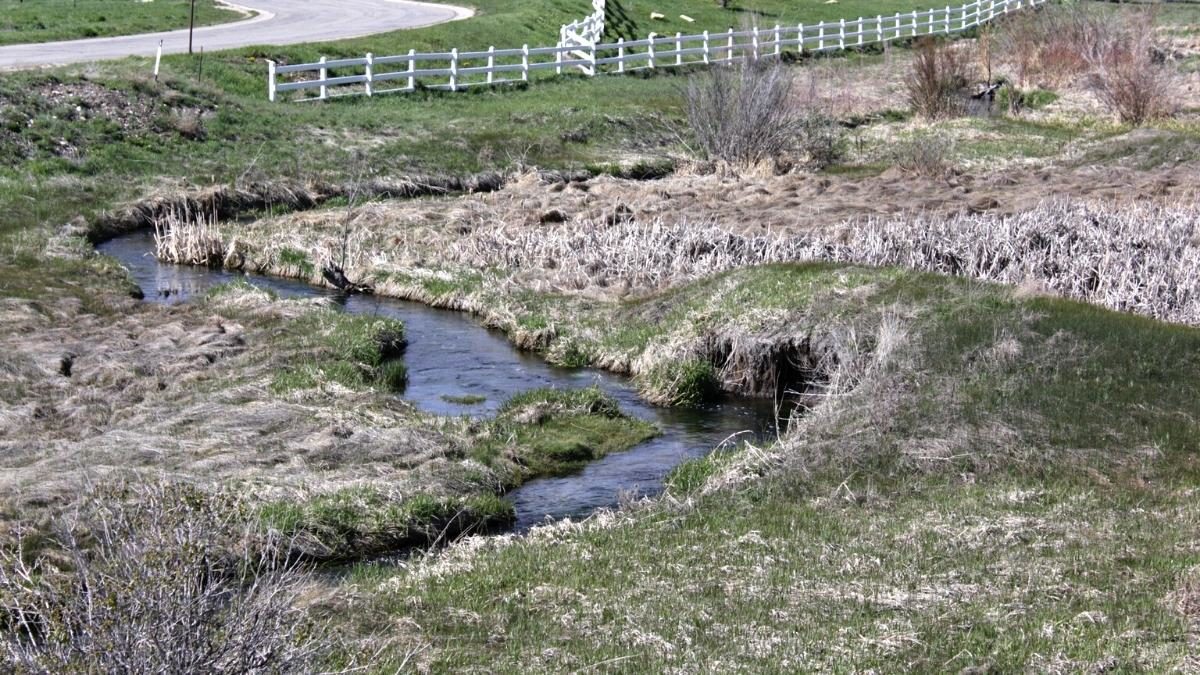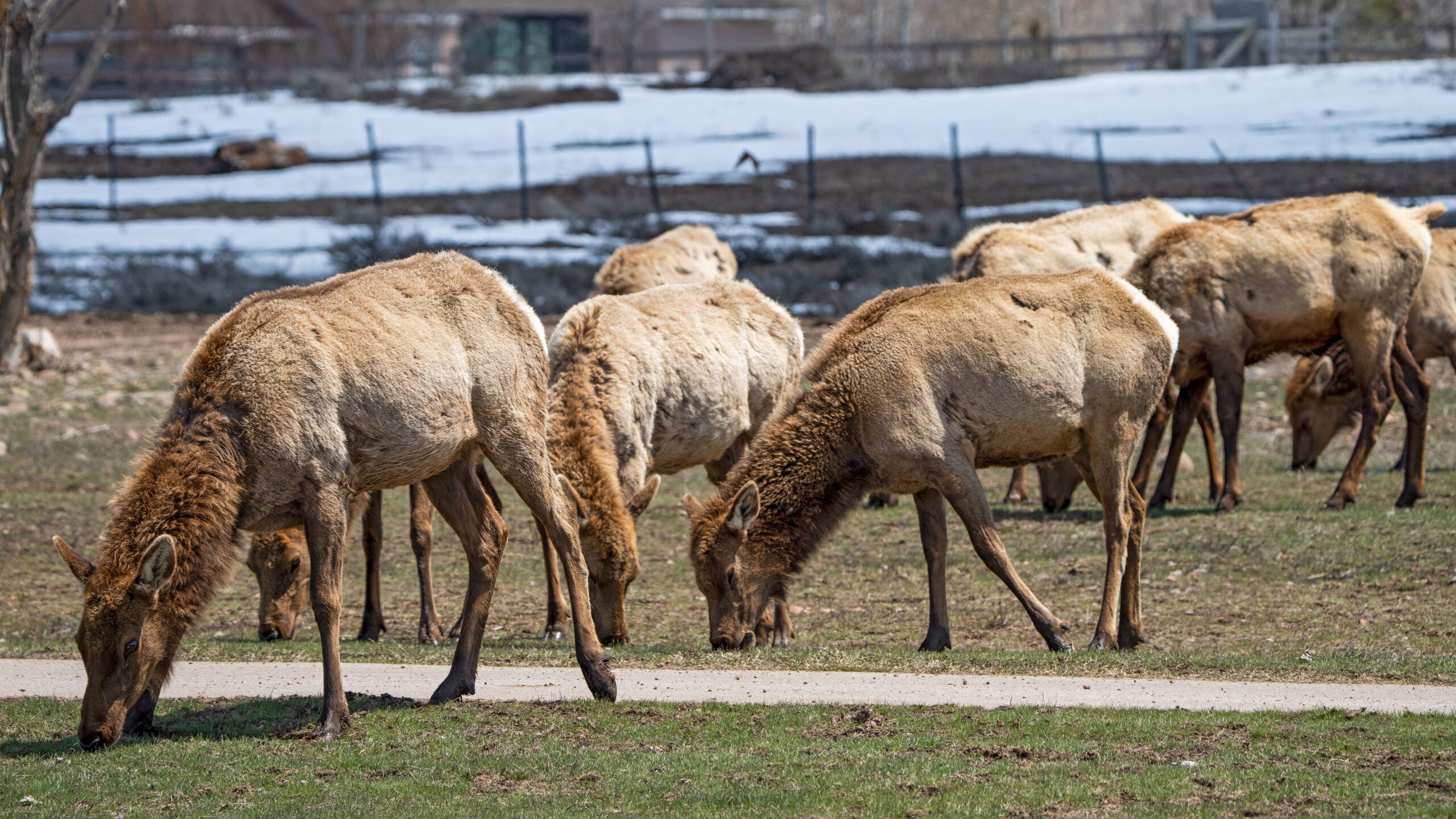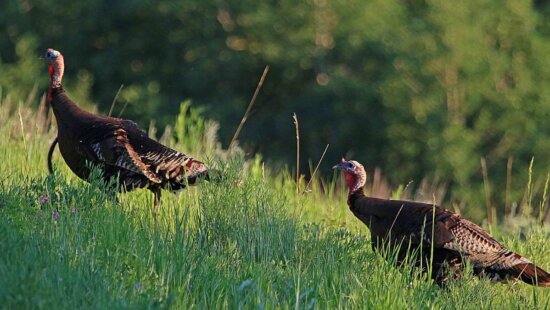Wildlife
Tularemia identified as cause of multiple beaver deaths in Summit, Wasatch counties, public urged to exercise caution

Swaner Preserve and EcoCenter stream. Photo: TownLift // Rayne Moynahan
In recent weeks, wildlife officials have found deceased beavers at several locations: Five were located near the Swaner Preserve & EcoCenter, identified by preserve staff between March 23 and April 2. A DWR fisheries crew found another near Midway on April 5. Two more beavers, along with a vole, were discovered near the Jordanelle Dam on April 8.
SUMMIT COUNTY, Utah — The Utah Division of Wildlife Resources (DWR) has issued a health alert following the discovery of nine dead beavers across several counties in Utah, including Summit and Wasatch counties, with three testing positive for tularemia, an infectious disease that also poses a risk to humans. The public is advised to report any sightings of deceased beavers and to refrain from touching them.
In recent weeks, wildlife officials have found deceased beavers at several locations: Five were located near the Swaner Preserve & EcoCenter, identified by preserve staff between March 23 and April 2. A DWR fisheries crew found another near Midway on April 5. Two more beavers, along with a vole, were discovered near the Jordanelle Dam on April 8. Additionally, another dead beaver was found in the Birdseye area of Utah County on April 10.

Tests conducted on two of the beavers from the Swaner Preserve & EcoCenter, the beaver found near Midway, and the one near Birdseye at the Utah Veterinary Diagnostic Lab and the Utah Public Health Lab, confirmed the presence of tularemia.
DWR Veterinarian Ginger Stout commented on the situation, stating,
“The bacteria that causes this infection is known to be in the environment in many parts of Utah; however, it is unusual to see this many animals die from it at once.”
Tularemia, also known as rabbit fever, hare plague, and deerfly fever, is a bacterial disease that can be transmitted through tick or deerfly bites, direct contact with infected animals, or by ingesting contaminated water or undercooked meat from infected animals.
The disease poses significant risks to humans, potentially leading to severe health issues if not treated promptly. While most infections can be effectively treated with antibiotics, early detection and treatment are crucial. Stout advised, “There is a concern about the possibility of tick-borne or fly-borne diseases, so it’s advised to take the necessary precautions by wearing protective clothing, using appropriate insect repellent, and checking for ticks after being in brushy areas.”
Residents are encouraged to avoid contact with dead animals and report any sightings to the DWR. The last instance of tularemia causing wildlife fatalities in Utah occurred in 2017 with a cottontail rabbit in the Kanab area.
For further information about tularemia and preventive measures, individuals can visit the Utah Department of Health & Human Services website.



















